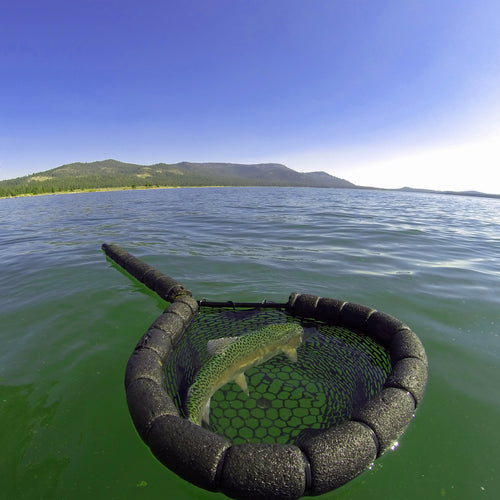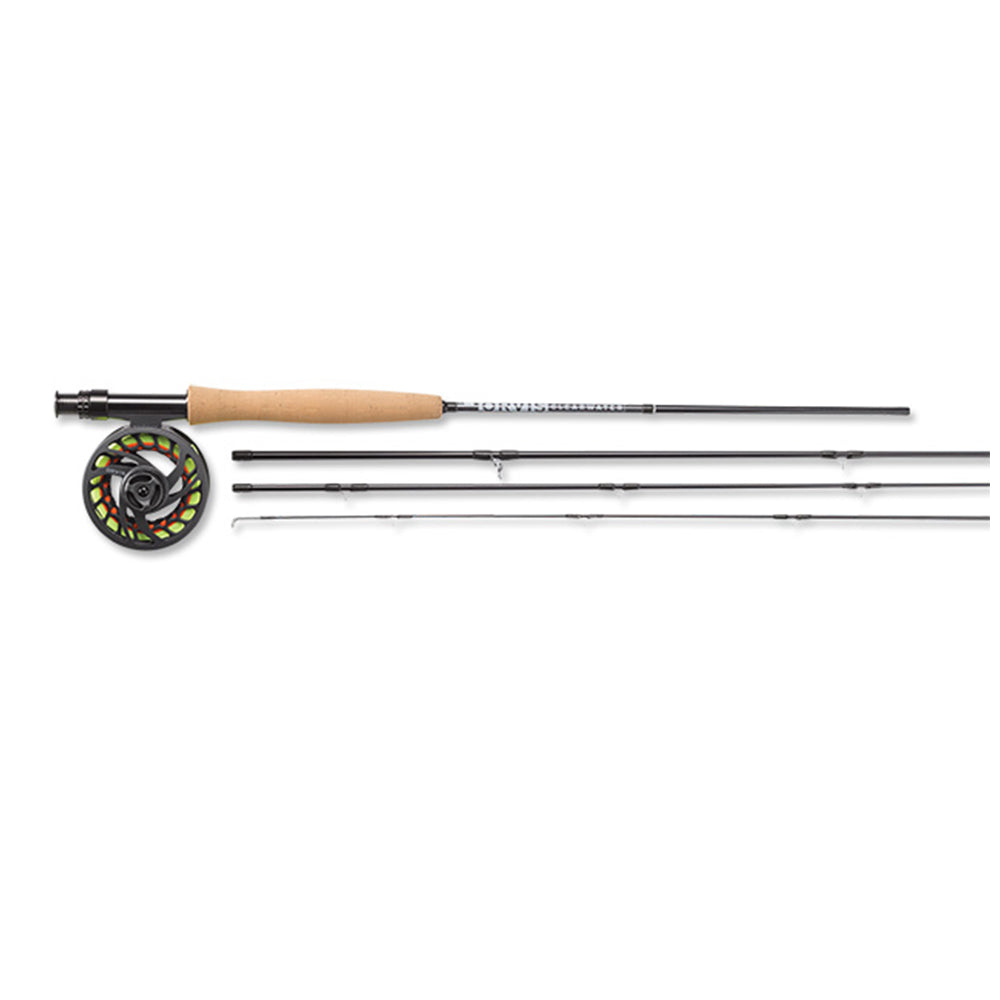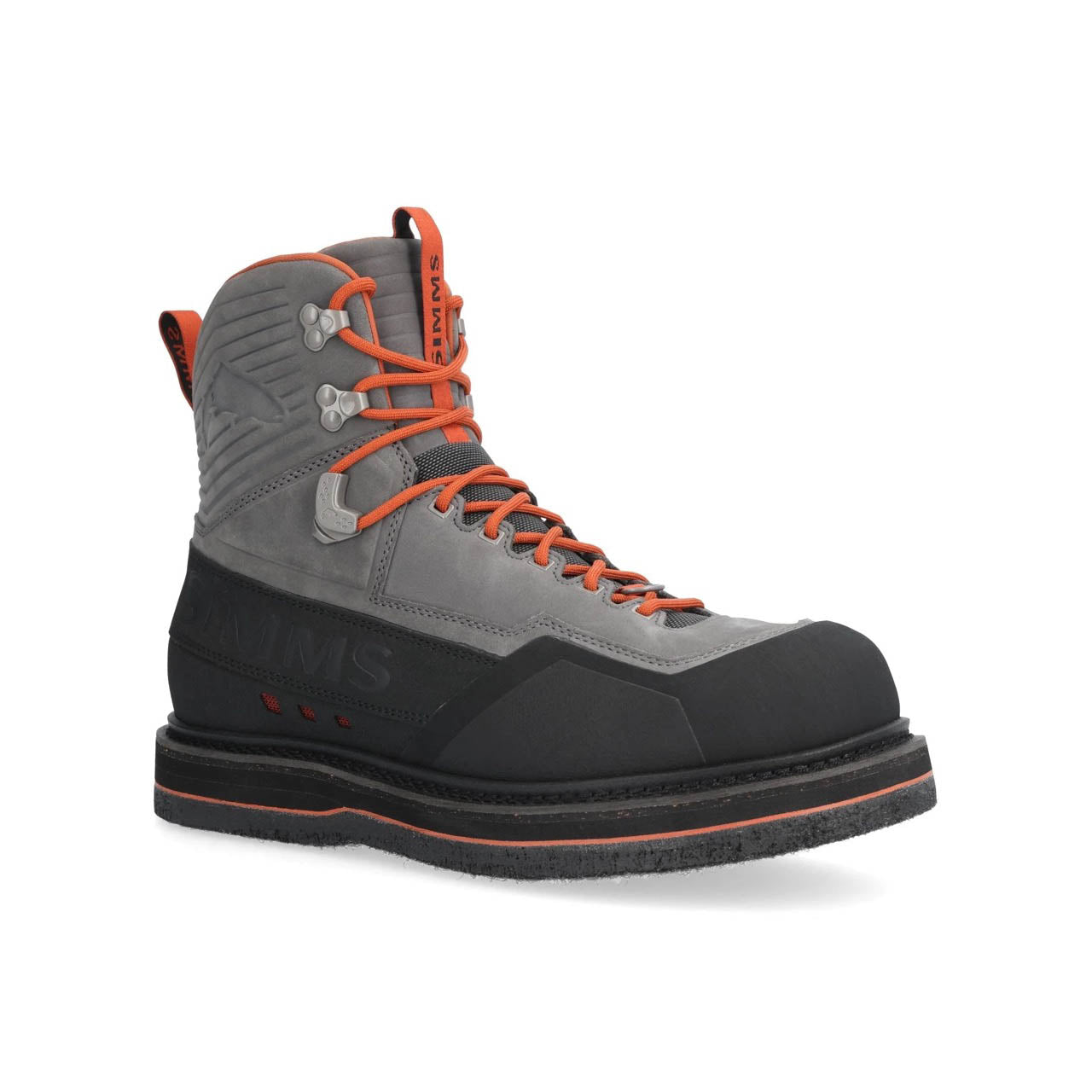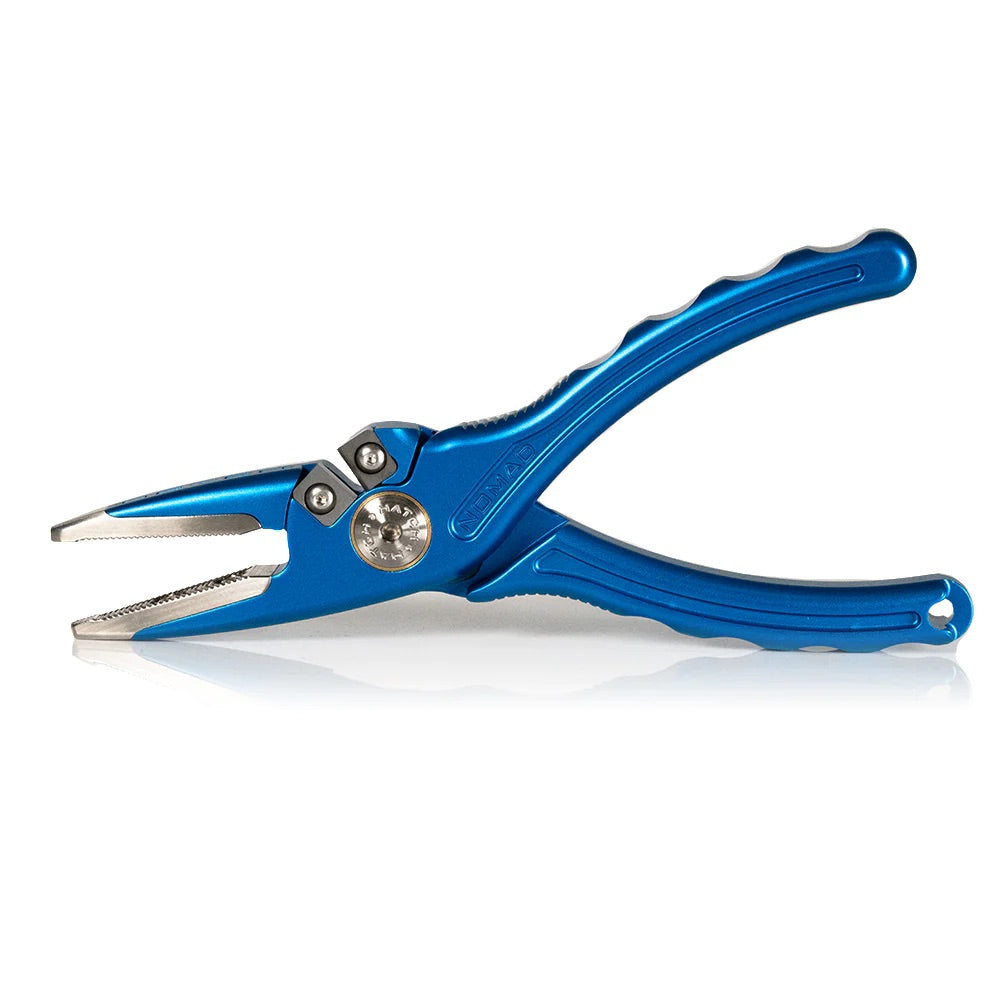
Jon Baiocchi Reports on 6.20.20 Well…It took nearly 4 weeks to finally see prime conditions for the damsel game and this year it’s going to be short lived. In the last week water temperatures have ...

Jon Baiocchi Reports on 6.16.20 Conditions for the Lake of the Lost Sierra have been as widespread as the weather in the last week. With so many high and low pressure systems moving through combine...

Jon Baiocchi Reports on 6.8.20 Finally back with my other sweetheart. When you’ve been away from one of the most beautiful lakes found in the West for 7 months, it hits you deeply. What an awesome...


Jon Baiocchi Reports on 10.13.19 If you’re a fly angler, October is the best month of the year for good fishing in the Northern Sierra, as well as across Nor Cal. Fall colors, and the seasons chang...

Jon Baiocchi Reports on 9.25.2019 It seems the fishing at Lake Davis is getting back to near what it once was in the past. It’s been at least 5 years or more since fly anglers have had catch rates...

Jon Baiocchi Reports on 6.28.19 I finally got up to Lake Davis to host the Gold Country Fly Fishers for their 3 day fish out last week, and just as I suspected the usual culprits of a high and c...

Jon Baiocchi reports on 6.14.19 The phone has been ringing of the hook the last couple of weeks and folks are itching to get out and fish, unfortunately, prime time is still a ways off for great t...
Capt. Chuck Ragan reports on 4.11.19The Foothill lakes continue to produce some awesome days for bass on the fly. Temps have changed and some waters are warming and clearing and fish are beginning...
Jon Baiocchi reports on 3.24.19Lake Davis & Frenchman Lake: Currently, Lake Davis is at 83% of capacity, and Frenchman Lake is at 84% of capacity. I don’t like when Lake Davis is really full, t...
Chuck Regan reports on 2.28.19As our Cal Delta stays high and our Central Valley Rivers continue to gush with the heavy storms that have passed or are passing through, there are still some prime op...
Capt. Hogan Brown reports on 12.13.18Been spending most of my time this last week on the Great Inland Lake aka Lake Oroville with my boys and then exploring on my own figuring everything out for my...
Jon Baiocchi reports on 10.25.18Blazing fall colors and wild trout fattening up for winter, it just doesn’t get any better. The weather has been fantastic in the high country with warm days and col...
Jon Baiocchi reports on 6.21.18Lake Davis I’ve done a few trips on the fertile waters and the lake is full to the brim at 98 % of capacity, and surface water temps are at 64-66 degrees. It will coo...
Jon Baiocchi reports on 6.14.18I’m on the road guiding until the end of the month and I’m typing this report from my phone so I will keep it short. The weather has been sunny and warm, I’ve been wa...
Jon Baiocchi reports on 5.24.18PlumasFrenchman Lake Water temps are 58-60 degrees, the last two weeks the weather has been colder with thunderstorms and rain. Lake capacity is at 101%. Fishing was ...
Jon Baiocchi Reports on 10.26.2017Incredible weather and above average air temps warmed the water a bit with temps around 55 to 57 degrees. The Eagle Lake rainbows have been eating well and putting...
Jon Baiocchi Reports on 10.11.17It’s been a wild week at Frenchman’s Lake with wind events that made fishing much like being on board a crab boat from “Deadliest Catch”. The north wind made its pre...
Jon Baiocchi Reports on 9.14.2017I’ve been roaming back and forth from the Truckee area to the North Fork Yuba River for the past few months, and now it’s time to concentrate my guiding over to the...
Jon Baiocchi Reports on 9.7.2017Fall may be coming, but it sure doesn’t feel like it with triple digit temperatures in the greater central valley and foothills. Record highs were shattered in the p...
John Baiocchi Report on 7/6/2017The surge of Africa hot weather a few weeks ago and continued warmer weather has water temps at both Lake Davis and Frenchman’s Lakeexcessively high with surface tem...
Jon Baiocchi reports on 6.25.2017On Monday the 12th we had extremely cold weather and snow, in fact at Frenchman’s Lake there was 2 inches on the ground. A week later and it’s been Africa hot, than...
Jon Baiocchi Reports on 6.16.2017Just like last June, extreme and unusual weather slammed the region with big wind, rain, and snow in eastern Plumas County. An unfortunate angler capsized his boat ...
Jon Baiocchi Reports on 6.1.2017With Lake Davis being 13 feet higher than last fall it has been very tough locating fish in the usual spots. The behavior of the resident rainbows has been very odd....
Jon Baiocchi reports on 5.11.17Lake Davis / Frenchman’s Reservoir Fishing ReportThe water levels at Lake Davis have risen 13 feet since January 1st, and it’s full to the brim. I’ve never seen it so...
Jon Baiocchi reports on 4.20.17Lake Davis, Frenchman’s Reservoir, Middle Fork Feather ReportLake Davisis about 80% iced out and access is very limited. The Taylorsville – Beckwourth road on the eas...
John Baiocchi reports on 2.2.17Lower Yuba River Fishing ReportThe Lower Yuba River dropped down to a slowly descending platform of 4,626 cubes. On my latest recon trip last week I saw some good loo...
Jon Baiocchi Reports on 11.17.2016Hey ALL, I have no report as I have not been on the water in the last week, but here’s an article I wrote on Gary LaFontaine’s Roll Over Scud pattern. - J.Gary La...
Jon Baiocchi reports on 10.13.2016So far, the fall season at Lake Davis has been better than expected. The fall colors are turning on but this year has seen uneven colors, with many trees already d...
Jon Baiocchi reports on 10.6.2016The last few weeks at Lake Davis we saw above normal temperatures with some days of light wind. During this time there were fish in the shallows until about 1pm, th...
Jon Baiocchi Reports on 9.29.2016Even though we are in another warm up, water temperatures are falling and currently at 58 to 63 degrees. Conditions are changing for the better. Residen rainbows ar...
Jon Baiocchi Report on 9.1.2016North Fork Yuba River summer is coming to an end, days are noticeably shorter, mornings are colder, and the sun is arcing lower in the horizon each day. The North For...
Jon Baiocchi / Baiocchi’s Troutfitters Reports on 7.7.2016Lake Davis - The end of the spring and summer season is upon Lake Davis. Water temps are 65 to 71 degrees. Be careful playing fish for long...
Jon Baiocchi, Baiocchi’s Troutfitters reports on 6.15.2016The last week has been unseasonably cool, and the wind has been present everday, sometimes right out of the chute. Water temps have dropped...
Lake Davis Fishing Report / Baiocchi’s Troutfitters6/7/2016 – First off, I blew my back out last Wednesday while unhitching my boat after a trip on the lake. It is what it is, and it’s not just age...
Jon Baiocchi reports on 6/2/2016Last week’s unsettled weather brought a mixture of rain, wind, sunshine, thunder, and hail. If you didn’t like the weather, all you had to do was wait ten minutes. T...
Jon Baiocchi / Baiocchis Troutfitters Reports on 5.26.2016More trout water falling from the sky in the northern Sierra this past week, and has lowered the water temps down from 53 - 57. This has st...
Jon Baiocchi/Baiocchi’s Troutfitters reports on 5.18.20165/18 – Big changes were observed today at Lake Davis, namely the food source for resident trout was in abundance. Water temps have come up q...
Jon Baiocchi reports on 5.5.2016 George, in the high country camping out at Lake Davis. It’s so gorgeous out! Writing this report from my phone, so I’ll keep it short. Take care!The Truckee River...
Jon Baiocchi Reports on 4.20.2016The Truckee River is fishing pretty well right now, and the flows are dropping into shape. The Glenshire stretch is at 220 cubes, and the upper canyon is running at...
Jon Baiocchi / Baiocchi’s Troutfitters Reports on 3.24.20163/23/2016 – Lake Davis has iced out and the season begins on this classic northern California still water. The current capacity is up to 6...
Jon Baiocchi / Baiocchi’s Troutfitters reports on 10.22.2015http://www.baiocchistroutfitters.com/Lake levels continue to drop and currently the capacity of the lake is at 43% revealing some unusual...
Jon Baiocchi/Baiocchi’s Troutfitters reports on 10.15.2015My guests and I have been working the middle and northern areas of Lake Davis in the past week with hit or miss action. The low lake levels...
Jon Baiocchi / Baiocchi’s Troutfitters Reports on 10.8.2015After weeks of the same weather pattern across much of Northern California, there have been a few weak low pressure systems roll through, ...
Jon Baiocchi / Baiocchi’s Troutfitters Reports on 9.14.2015Lake levels continue to drop exposing some very interesting terrain for the trout stalker making presentations off the bank. Water tempera...
Jon Baiocchi / Baiocchi’s Troutfitters reports on 9.9.2015Though we are in a warming trend, cooler nights have prevailed at Lake Davis, at 7am water temperatures have been at 60, rising to 67 in th...
Jon Baiocchi / Baiocchi’s Troutfitters reports on 7.8.15Water temps at Lake Davis have rose sharply in the past week starting out at 66 at 8am and reaching 72 by 1pm. That alone made my decision to...
Jon Baiocchi Lake Davis fishing report 6/24/15:Lake Davis has been very technical and challenging in the last week during the Damsel grab. Fishing pressure has increased even more, and those rainb...


























